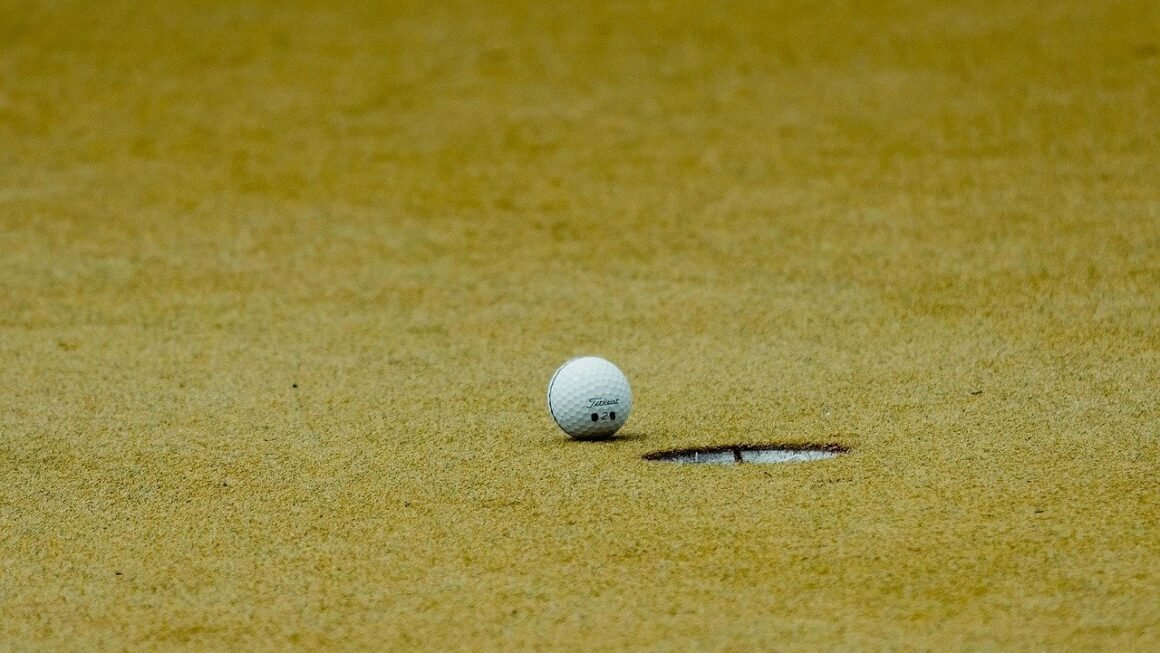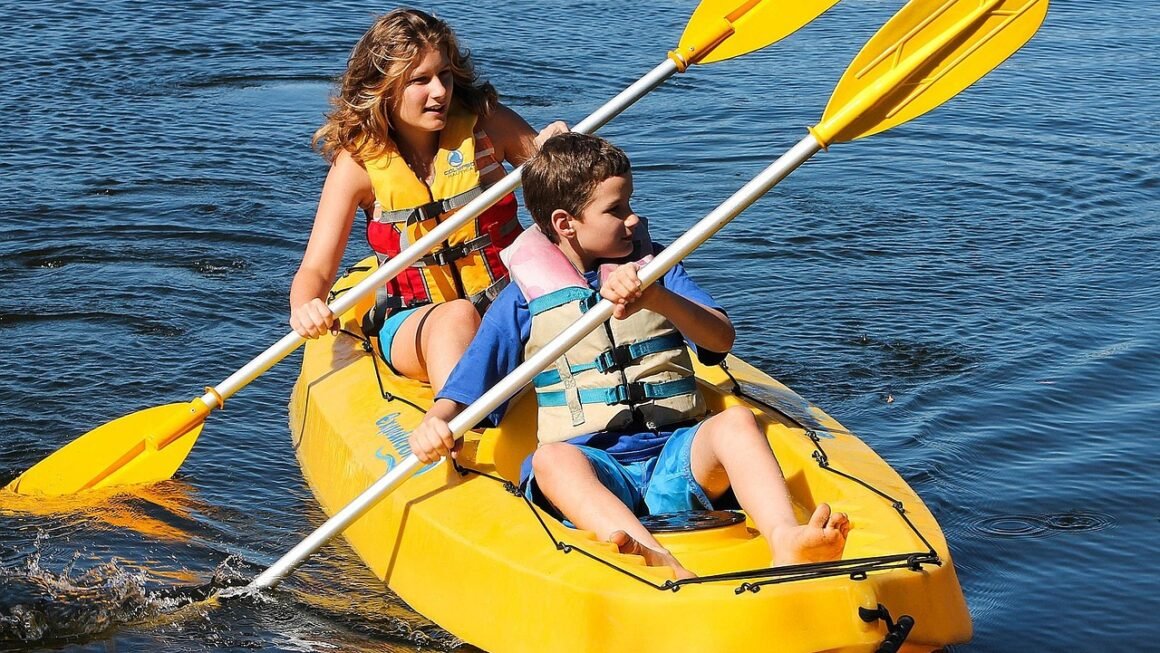Equestrian sports, a captivating blend of athleticism, artistry, and horsemanship, have captivated audiences for centuries. From the exhilarating thrill of show jumping to the elegant precision of dressage, these disciplines showcase the remarkable partnership between horse and rider. Whether you’re a seasoned equestrian enthusiast or a curious newcomer, this comprehensive guide will delve into the diverse world of equestrian sports, exploring their rich history, fundamental techniques, and the enduring bond that makes them so special.
The Diverse World of Equestrian Disciplines
Equestrian sports encompass a wide array of disciplines, each with its unique set of challenges and rewards. Understanding these different branches is key to appreciating the multifaceted nature of horsemanship.
Jumping: A Test of Agility and Precision
Show jumping is perhaps one of the most visually exciting equestrian sports. Riders guide their horses over a course of obstacles, aiming for a clear round (no faults) in the fastest time.
- Key Elements: Precision, athleticism, timing, and trust between horse and rider.
- Scoring: Faults are accumulated for knocking down obstacles, refusals (horse stopping before a jump), and exceeding the time limit.
- Levels: Jumping competitions are organized into various levels, from beginner classes with low jumps to Olympic-level Grand Prix events with challenging courses. Example: A beginner class might feature jumps around 2’6″, while a Grand Prix jump can be over 5′ tall.
Dressage: The Art of Horsemanship
Dressage is often described as “horse ballet.” It focuses on the harmonious development of the horse’s physique and abilities through systematic training. Riders perform a set of predetermined movements in an arena, demonstrating the horse’s obedience, suppleness, and balance.
- Key Elements: Precision, elegance, harmony, and communication between horse and rider.
- Scoring: Judges assess each movement based on a scale of 0 to 10, considering factors such as accuracy, impulsion, and submission.
- Levels: Dressage competitions range from introductory levels to Grand Prix, the highest level, which includes complex movements like piaffe and passage. At Grand Prix level, horses execute highly collected gaits showing extreme control and power.
Eventing: The Ultimate Test of Horse and Rider
Eventing, also known as the “equestrian triathlon,” combines dressage, show jumping, and cross-country. This demanding discipline tests the horse and rider’s versatility, endurance, and courage.
- Key Elements: Dressage (precision and obedience), show jumping (agility), and cross-country (stamina and bravery over natural obstacles).
- The Three Phases:
Dressage: Assesses the horse’s training and obedience.
Show Jumping: Tests the horse’s agility and jumping ability in a controlled environment.
* Cross-Country: The most challenging phase, involving galloping over a course of natural obstacles such as logs, water jumps, and ditches.
- Levels: Similar to jumping and dressage, eventing has different levels to accommodate varying skill levels. Lower levels focus on building confidence and skills, while higher levels demand exceptional athleticism and expertise.
Other Popular Disciplines
Beyond the “big three,” a multitude of other equestrian disciplines exist, each with its own unique appeal.
- Vaulting: Gymnastics on horseback.
- Reining: Western riding discipline that showcases the horse’s agility and responsiveness.
- Endurance Riding: Long-distance races that test the horse’s stamina and the rider’s horsemanship. Distances can range from 25 to 100 miles.
- Polo: A fast-paced team sport played on horseback.
- Driving: Harnessing horses to carriages or carts for various competitions.
Essential Equestrian Equipment
Proper equipment is crucial for both the horse’s comfort and the rider’s safety. Investing in quality gear is essential for a positive and safe equestrian experience.
Rider Attire
Rider attire varies depending on the discipline, but some essential items remain consistent.
- Helmet: The most important piece of safety equipment. Should be ASTM/SEI certified.
- Riding Boots: Provide ankle support and a secure grip in the stirrups.
- Riding Breeches or Jodhpurs: Designed for comfort and freedom of movement while riding.
- Gloves: Improve grip and protect hands.
Horse Tack
“Tack” refers to the equipment used on the horse.
- Saddle: Provides a comfortable and secure seat for the rider. Different disciplines require different types of saddles (e.g., dressage saddle, jumping saddle, Western saddle).
- Bridle: Consists of the reins, bit, and headstall, used to control the horse.
- Bit: The metal piece that goes in the horse’s mouth to communicate with the rider. Different bit types offer varying degrees of control.
- Saddle Pad: Protects the horse’s back from the saddle.
- Girth: Secures the saddle to the horse.
The Importance of Horse Care and Welfare
Ethical horsemanship demands prioritizing the well-being of the horse. Providing proper care is paramount to ensuring a healthy and happy equine partner.
Nutrition and Feeding
A balanced diet is crucial for a horse’s health and performance.
- Forage: Hay or pasture should form the foundation of a horse’s diet.
- Concentrates: Grains and other feeds provide additional energy for horses in work.
- Water: Fresh, clean water should always be available.
- Supplementation: May be necessary to address specific dietary deficiencies or needs. Consult with a veterinarian or equine nutritionist.
Grooming and Hoof Care
Regular grooming and hoof care are essential for maintaining a horse’s health and hygiene.
- Grooming: Removes dirt, debris, and loose hair, promoting healthy skin and circulation.
- Hoof Care: Regular trimming and shoeing (if necessary) are vital for maintaining hoof balance and preventing lameness.
- Veterinary and Farrier Care: Regular checkups are a must.
Housing and Pasture Management
Providing a safe and comfortable living environment is essential for a horse’s well-being.
- Stall/Shelter: Should be clean, dry, and well-ventilated.
- Pasture: Provides grazing opportunities and space for exercise.
- Fencing: Should be safe and secure to prevent escapes.
Getting Started in Equestrian Sports
Embarking on your equestrian journey can be an incredibly rewarding experience. Here’s how to get started.
Finding a Reputable Riding School
Choosing a qualified instructor and a reputable riding school is essential.
- Look for certified instructors: Instructors should be certified by recognized organizations.
- Visit different stables: Observe lessons and talk to instructors and students.
- Ensure the horses are well-cared for: Healthy, well-trained horses are a sign of a good riding school.
Beginner Lessons and Safety
Start with beginner lessons to learn the basics of horsemanship and riding.
- Learn basic horsemanship skills: Grooming, tacking up, and handling horses safely.
- Master basic riding techniques: Mounting, dismounting, walking, trotting, and cantering.
- Always prioritize safety: Wear a helmet and follow your instructor’s instructions.
Progression and Goal Setting
As you progress, set realistic goals and work towards them.
- Focus on developing a solid foundation: Master the fundamentals before moving on to more advanced techniques.
- Consider specializing in a specific discipline: Once you have a solid foundation, explore different disciplines and choose one that interests you.
- Attend clinics and workshops: Continuing education is essential for improving your skills.
Conclusion
Equestrian sports offer a unique and enriching experience, fostering a deep connection between humans and horses. Whether you’re drawn to the adrenaline rush of show jumping, the elegance of dressage, or the challenge of eventing, the world of equestrian sports has something to offer everyone. By understanding the various disciplines, investing in proper equipment, prioritizing horse care, and seeking qualified instruction, you can embark on a rewarding journey that will last a lifetime.



